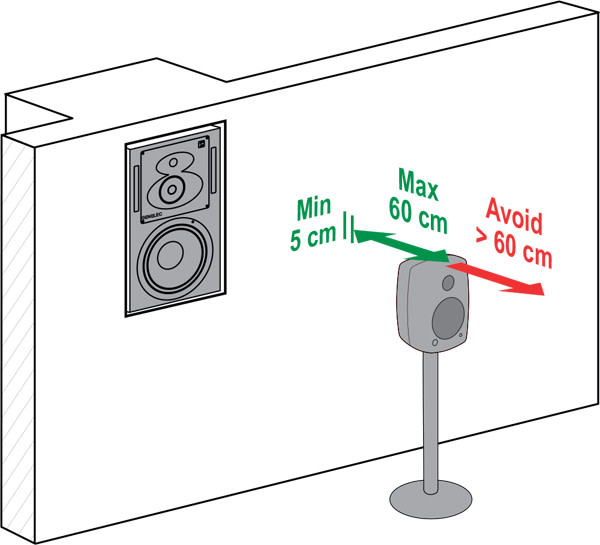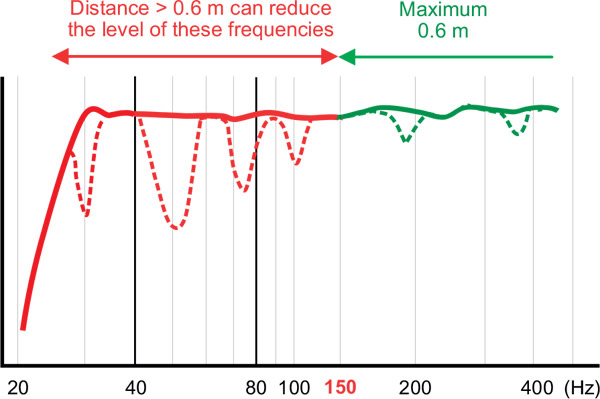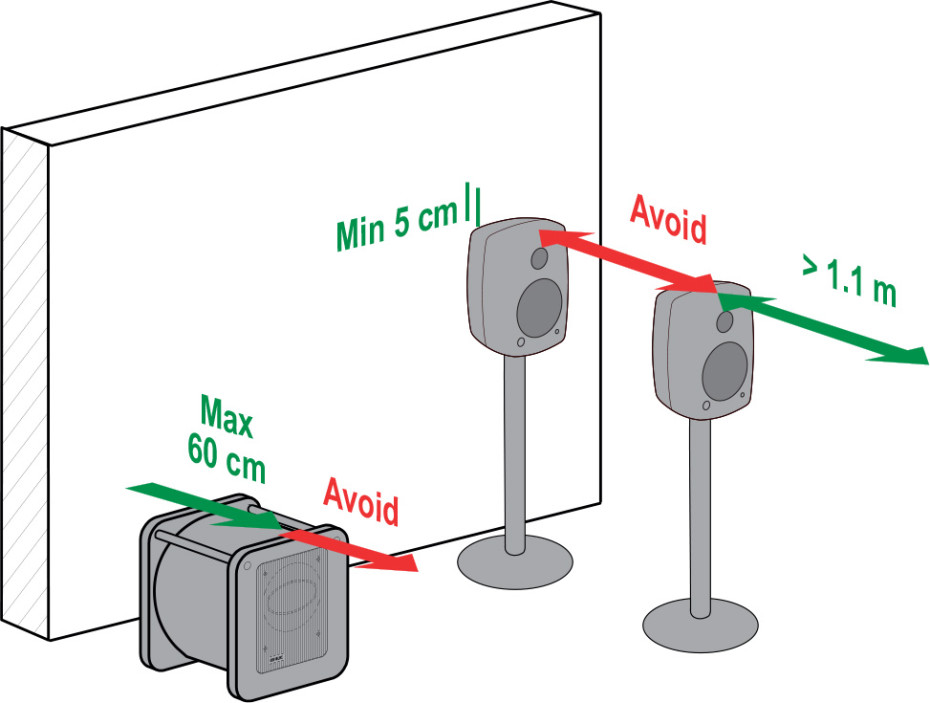I'm only listening near field as a computer setup, the speaker positioning is already not great (close to a wall), but listening near field kind of fixes that problem a little. The sub will be under my desk around 30cm from the wall, and I have another desk infront of that desk. So around 70cm away from my feet and the front of the front desk. I'm sure this may not be optimal for the best possible sound, but I am a bit limited in my current room regardless. Again, it's just near field listening, and not really loud. I already have a cable for it yes, I had an old sub that I sold.My room is around 13 sqm. That's why I chose the SB version, also because of price. I will surely not need it to be loud for near field listening. Do you reckon I should use the small room setting, to trim the sub bass a little? Thank you for your help, I will get the sub in a week or so.

Yes then the SB-1000 Pro is more then enough, good choice.
What is this small room setting ?
Is it from SVS manual :
"Room Gain Compensation (SVS App Only)
Fixes bloated sounding bass by optimizing low frequency output and extension when too much sound wave density is being created by a small room"
You can try with or without. But first you need to set the sub-woofer correctly without this setting.
The Airpulse A100 doesn't have big problem if it is near the wall, although some bass frequencies will be enhanced if the speakers are too close to the wall but at loud volumes only.
How close to the wall is the back port in cm ?
If you place the subwoofer near the wall you will get increased bass at lower volumes. But you can place it very close to the wall since it does not have any ports.
In the last video with subwoofer positioning it says a trick how you can move the sub in the room for optimal position.
You can use the Airpulse A100 to change their position with the foam they provide so they point to your ears. (very important)
You can also put behind the A100 some egg carton, if they are too close to the wall, but i don't think there is a problem.




